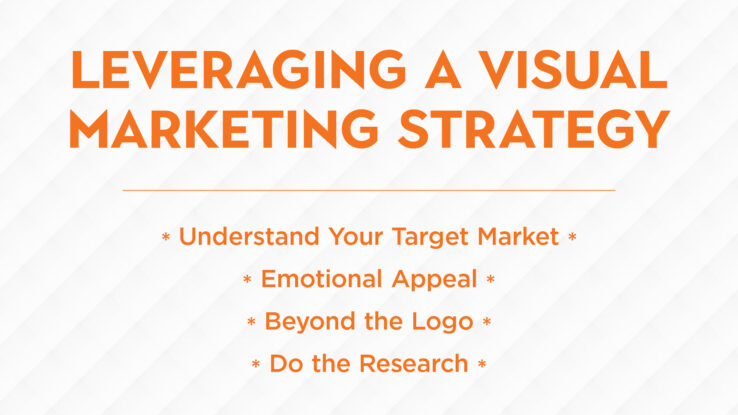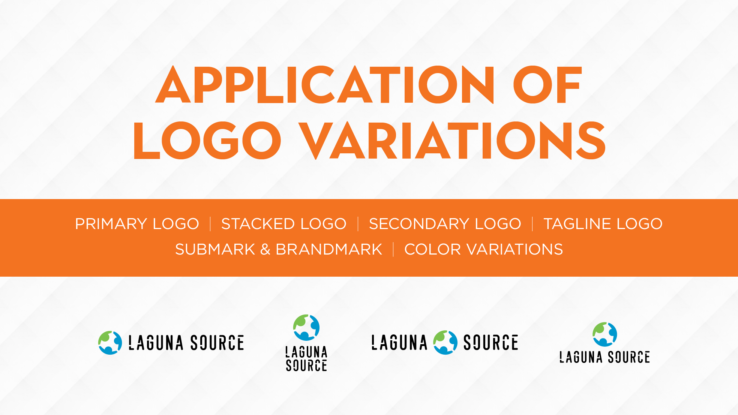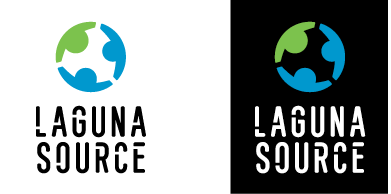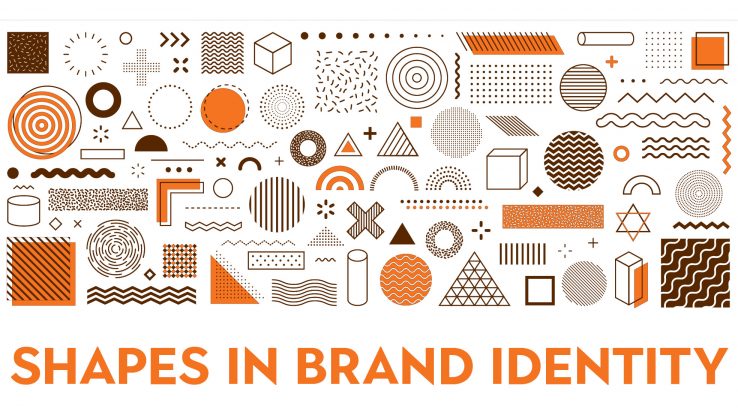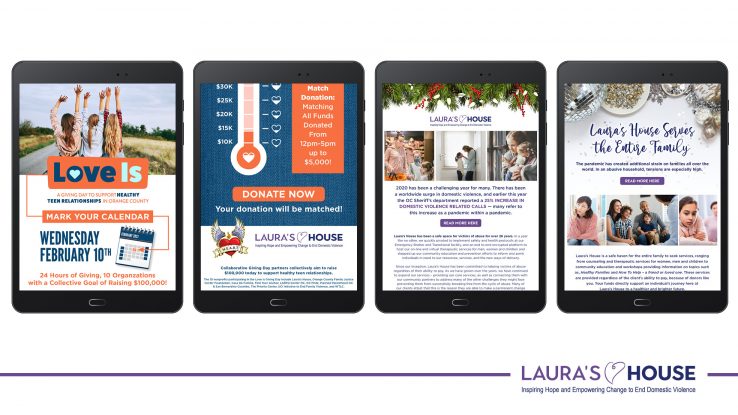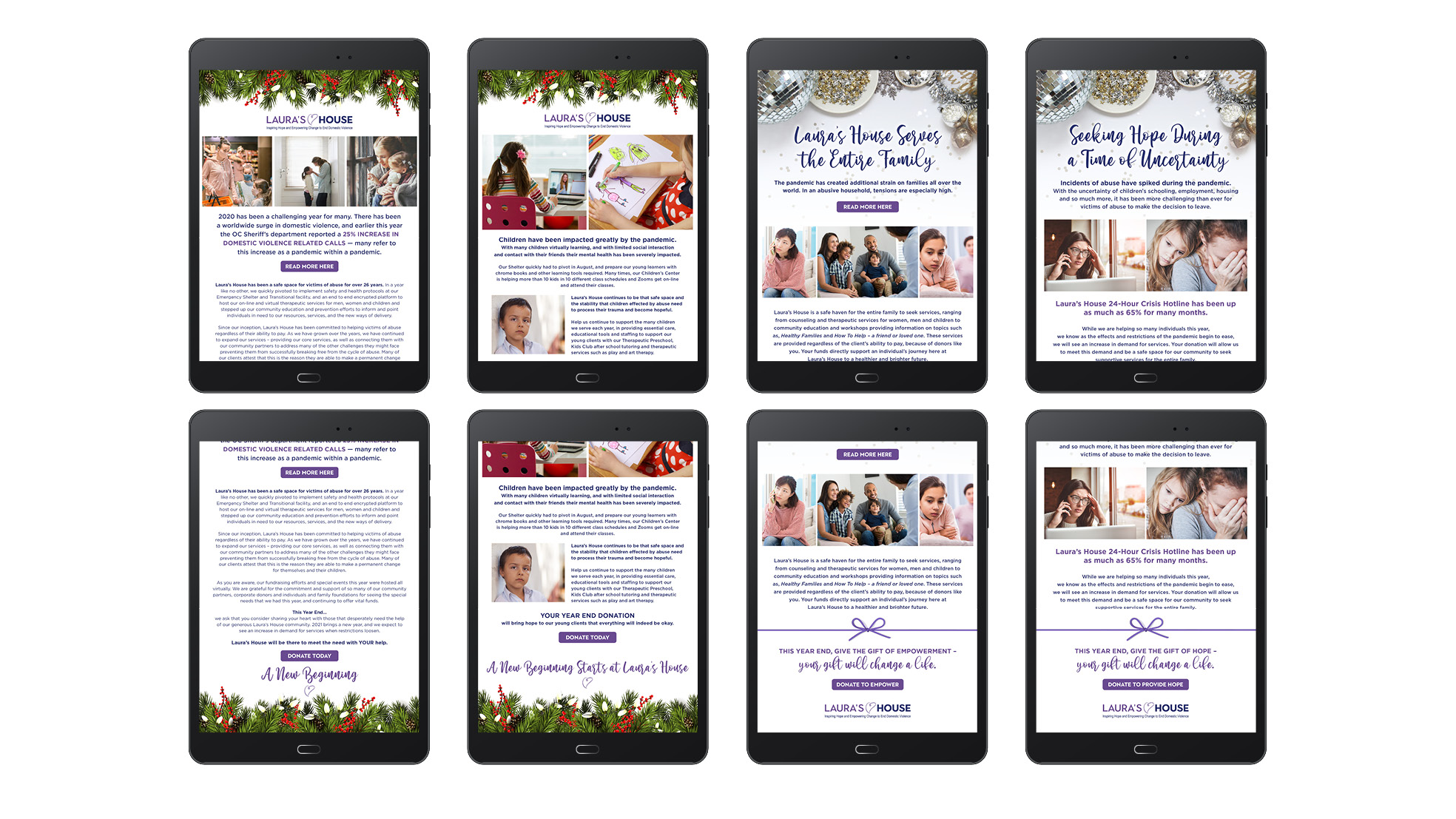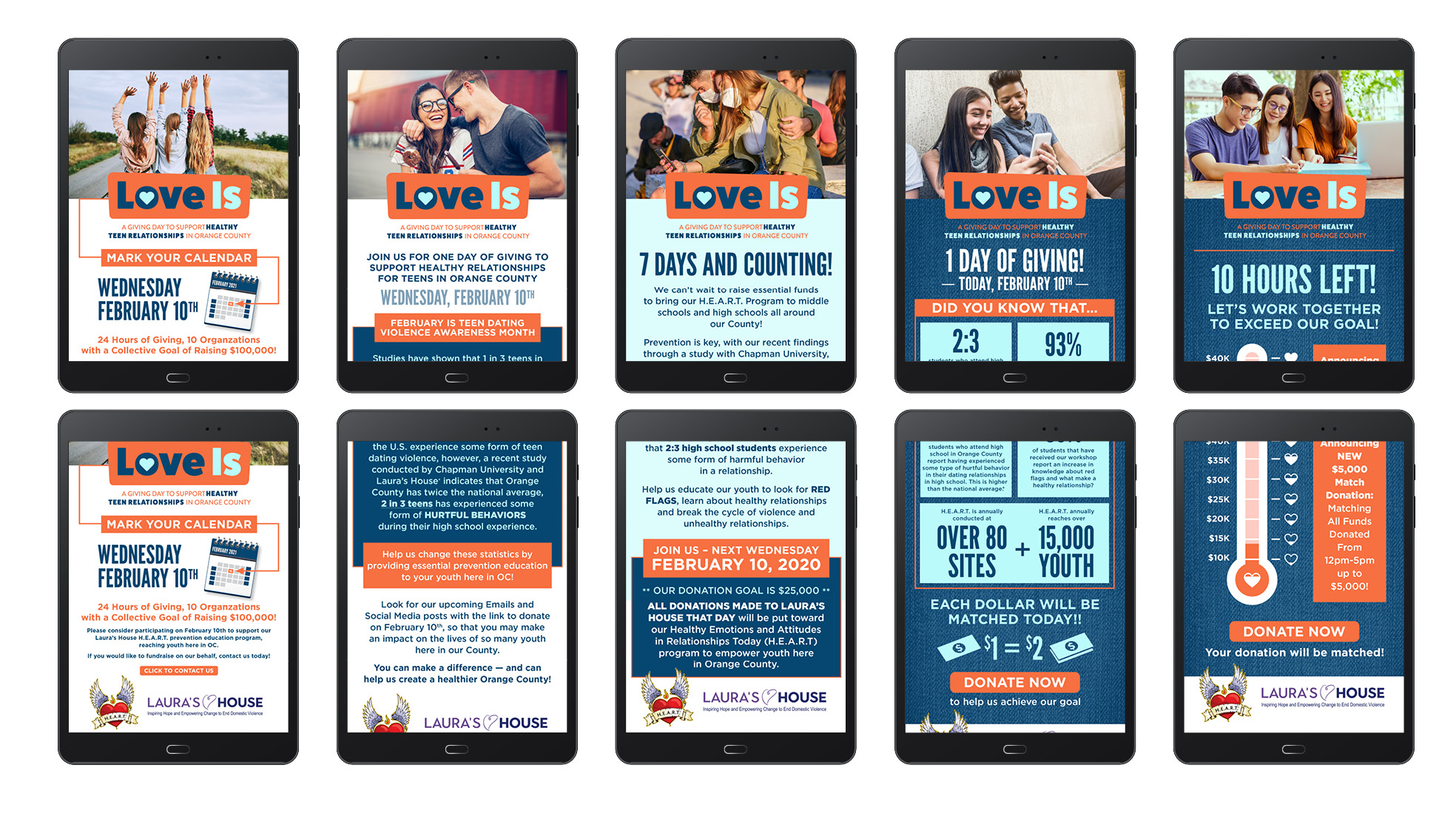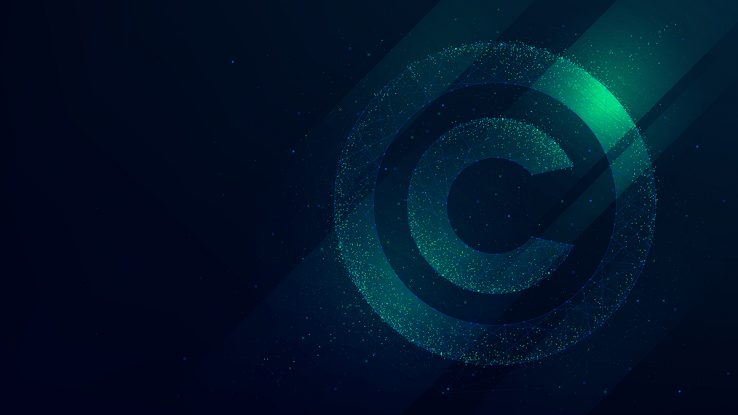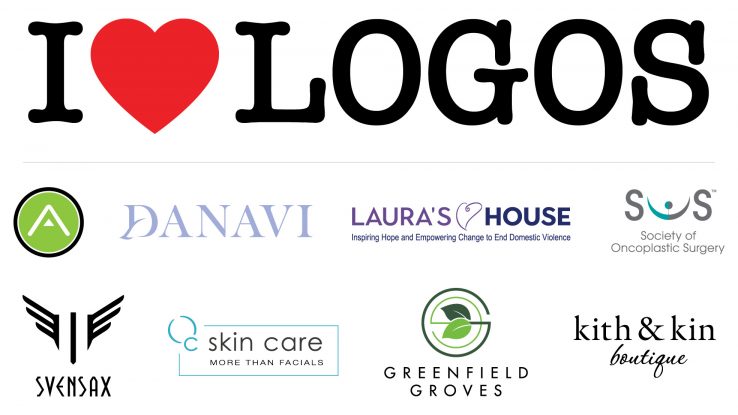In today’s fast-changing business world, the ability to adapt is what sets thriving companies apart from those just getting by. The shift to remote work and globally spread teams has completely reshaped how businesses operate, leaving many scrambling to find new ways to stay efficient and collaborative. That’s where fractional services come in — a flexible, innovative approach that helps businesses tap into top-tier expertise without the commitment of a full-time hire. As it relates to marketing, branding and communications, fractional chief creative officer (CCO) support proves invaluable — offering businesses access to high-level communications expertise without the commitment of a full-time hire.
For small businesses, startups, and nonprofits, fractional CCO roles offer a flexible and cost-effective solution. These part-time or project-based positions provide experienced professionals who can deliver the leadership and strategic oversight typically reserved for full-time executives, all without the high expense. Whether it’s refining messaging, enhancing internal communications, or driving a comprehensive communications strategy, fractional CCO services help organizations stay competitive, adaptable, and focused on their growth, while maximizing their resources.
Maximizing Expertise
Accessing top-tier industry expertise doesn’t have to come with the high cost of full-time executive hires. That’s the advantage of fractional CCO roles—they bring seasoned professionals into your organization on a part-time or project basis, providing the strategic communications, branding and marketing leadership you need exactly when and where it’s most beneficial. Whether you’re looking to refine messaging, rebrand, or build a comprehensive communications strategy, a fractional CCO can step in to tackle key challenges and deliver impactful results. It’s a flexible, cost-effective solution to elevate your business’s communications without overcommitting resources.
Streamlining Operations
Creating work efficiencies can feel like an uphill battle when you’re buried in the daily grind—that’s where a fractional CCO can make all the difference. By bringing in a seasoned communications professional with a fresh, unbiased perspective, you gain someone who can assess your processes, identify inefficiencies, and recommend actionable improvements. A fractional CCO is free from internal politics, allowing them to see the bigger picture and develop strategies that streamline communications workflows. Beyond operational efficiencies, they can also refine your marketing and branding efforts, ensuring your team works cohesively to create consistent, compelling messaging that drives results. It’s a win-win for both efficiency and impact.
Expanded Network and Professional Growth
One of the hidden advantages of hiring a fractional CCO is the expanded network and professional growth opportunities they bring. These seasoned professionals come with years of experience and a well-established network of industry contacts, which can open valuable doors for your business. Whether it’s connecting you with potential partners, suppliers, or clients, their network effectively becomes an extension of yours. Additionally, working alongside an expert CCO provides mentorship and strategic insights that help elevate your internal team’s skills and confidence. It’s not just about getting the job done—it’s about fostering growth for both your team and your business.
Hiring a fractional CCO offers a low-risk, high-reward solution to elevate your business with expert guidance. A fractional CCO brings fresh perspectives, strategic insights, and hands-on support to strengthen your communications efforts—all without the commitment of a full-time hire. With no long-term obligation and ample potential for growth, investing in a fractional CCO allows you to unlock new opportunities for your business’s success while optimizing resources.


